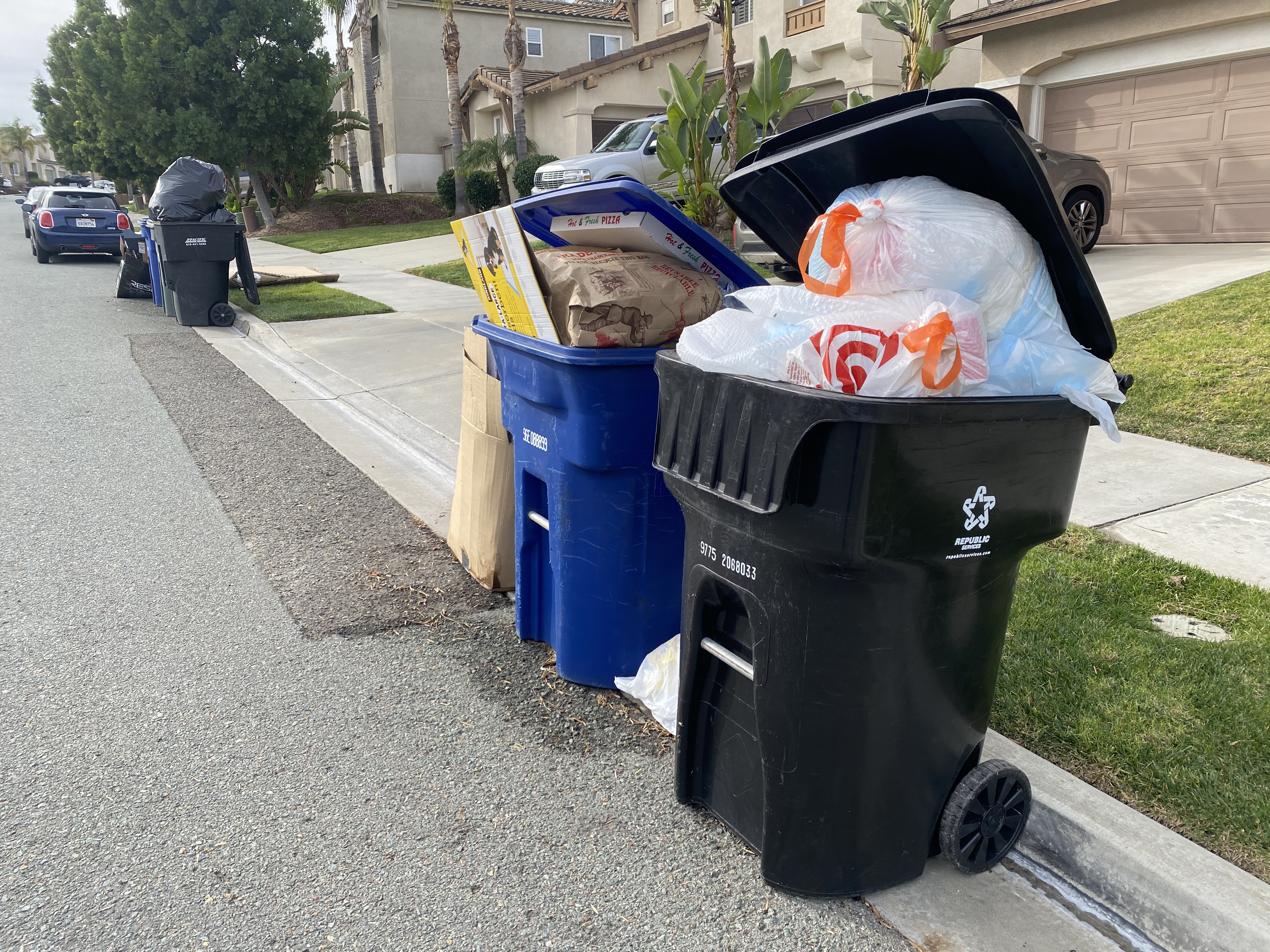One of two flight attendants from San Diego, who are suing Boeing because they say toxic fumes filled a plane they were on, spoke with NBC 7’s Vanessa Herrera. She has her story.
Four former flight attendants based in California are suing Boeing, claiming that they were injured after inhaling toxic fumes on a Boston-to-San Diego flight two years ago.
Darlene Ramirez of San Diego and Karen Neben of Lemon Grove filed the lawsuit with fellow plaintiffs Vanessa Woods of Newport Beach and Faye Oskardottir of Rancho Santa Margarita. The four women were hospitalized after a July 12, 2013, flight aboard a Boeing 737-890.
The lawsuit seeks a jury trial on allegations of defective design, lack of proper warnings, negligence and fraud, claiming the plane was filled with toxic fumes as a result of a failed ozone converter.
The Alaska Airlines flight attendants say they noticed a “burnt oil” or “dirty sock” smell when they boarded the airplane.
"I got on that flight, I was healthy and I got off the flight and I have never been the same since,” Woods told NBC News.
After takeoff, Oskardottir was the first to become ill. She fainted and vomited, the suit claims.
Ramirez gave her colleague oxygen and soon had to do the same for Neben and Woods, according to the suit.
Local
"The next thing I knew was on the galley floor, and the other flight attendant was on the PA system just mumbling incoherently," Woods said.
Neben told NBC 7 that the captain had her check the bins to see if there was something making them sick inside. However, her search came up with nothing.
"The vent on the ceiling was facing right in my face and really burnt oily smell came right in my face," Neben described. Not long after, she too passed out.
Several passengers helped treat the flight attendants while the captain diverted the plane to Chicago.
Emergency personnel boarded the plane and told the crew their symptoms may be due to poor air quality in the cabin, the lawsuit claims.
Complaints of headaches, dizziness and difficulty speaking are symptoms of “hydrocarbon exposure,” the lawsuit alleges, which can result in long-term effects ranging from blurred vision and decreased motor skills to trouble concentrating and memory loss.
Three of the four flight attendants claim to have suffered injuries that prevent them from returning to work, NBC News reported.
Their injuries vary from tremors and shortness of breath to a metallic taste in their mouths and problems sleeping, according to the court documents.
Boeing, the world’s largest aircraft builder, has been sued before and settled, NBC News reported.
The company declined to comment on the lawsuit but in the past has studied the issue and found: "Cabin air is safe to breathe. Research has consistently shown that cabin air meets health and safety standards and that contaminant levels are generally low."
Contaminated “bleed air” as it’s known in the airline industry was recently identified as the cause for 15 passengers who were sickened on a January 2010 flight that landed in Charlotte, North Carolina.
"The bleed air system is -- it's like Russian roulette," Neben told NBC 7. "You know, the chances are you're not going to get a fume event to you, to happen to you. But you just never know. And if it does happen, your life can change dramatically."
Those treated complained of smelling a foul, “dirty sock” type of smell.
Plaintiffs' attorneys list more than two dozen reports or studies of fumes or sickness by flight attendants including several that suggest the construction of cabin pressurization systems can allow jet oil to leak into the cabin air.
The plaintiffs cite a 2008 paper that claims to have documented “470 reports of air supply contamination over an 18-month period,” which the researchers estimated was one every day in the U.S.
However, the FAA's data on contaminated air incidents is lacking.
The Association of Flight Attendants, the largest flight attendant union, estimates hundreds, perhaps thousands, of crew members and passengers have been affected over the years.
“They may not realize that they’re sick or that it was caused from this contaminated air,” Sarah Nelson told NBC News.
In 2012, Congress voted the FAA should research aircraft engine/APU bleed air cleaning and monitoring technology.
A year later, the FAA issued a report suggesting there was technology being tested that could help monitor the quality of cabin air while stating “the occurrence of oil or hydraulic based contamination of bleed air is extremely low.”



